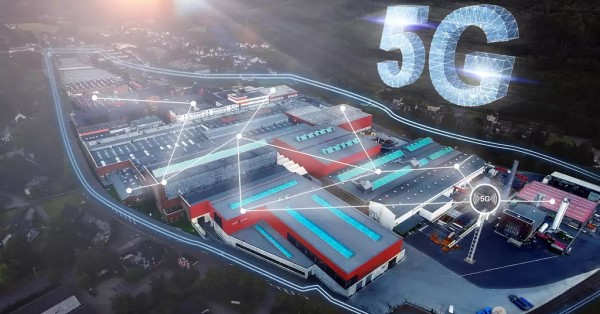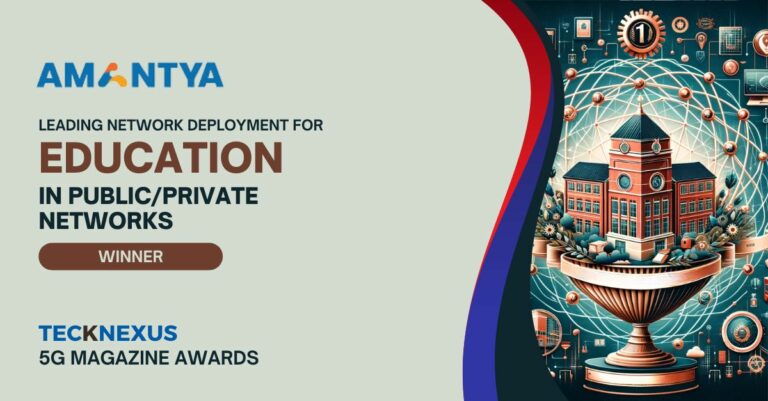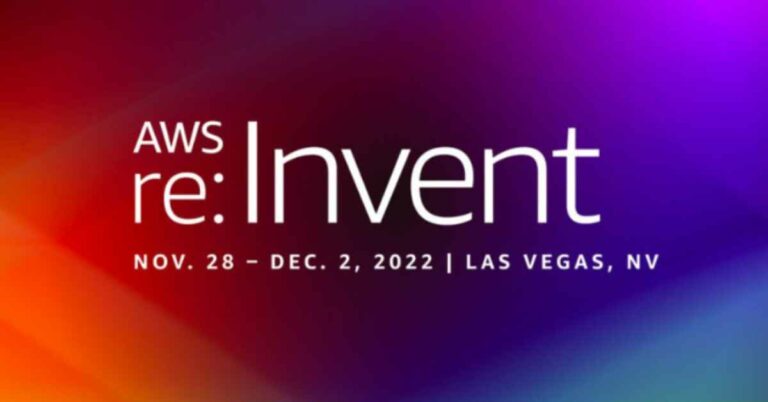CAMARA: Revolutionizing API-Driven Access to Telco Network Capabilities
The CAMARA project, spearheaded by the Linux Foundation, is rapidly transforming how telecom network capabilities are accessed and utilized. By offering a consistent set of high-quality APIs, CAMARA is addressing a critical challenge for the telco industry—API interoperability. This initiative not only enhances the accessibility of network functionalities but also facilitates seamless integration across diverse platforms, allowing developers to create innovative solutions that run smoothly across various networks and regions.
What is CAMARA?
CAMARA is an open-source initiative that provides a standardized approach to accessing telecom network capabilities through APIs. Launched in 2022, it was created to address the need for an interoperable API ecosystem within the telecommunications industry. The project began with a small number of telco operators, vendors, and hyperscalers, growing into a large collaborative community with over 1,100 contributors and 396 participating organizations as of 2024. This growth highlights the industry’s commitment to simplifying API access and making network functions more open and accessible.
CAMARA Meta-Release Fall 2024: A Milestone in API Standardization
The CAMARA project reached a significant milestone with the release of its first major version, the “Meta-Release Fall 2024.” This release includes 25 APIs across 13 sub-projects, rigorously tested and vetted for quality and consistency. These APIs provide essential network functions such as SIM Swap, Number Verification, Edge Discovery, and Quality on Demand. The release represents a solid foundation for future development and innovation within the telco API ecosystem.
Key APIs in the Meta-Release
The CAMARA Meta-Release features a range of APIs that serve various use cases, from secure network access to customer identity verification. Notable APIs in this release include:
- Stable APIs: Location Verification, Number Verification, One-Time Password SMS, Simple Edge Discovery, and SIM Swap. These APIs have been implemented by network operators and are now available as version 1.0.0.
- Updated APIs: Carrier Billing, Device Reachability Status, Device Roaming Status, Home Devices QoD, KYC Fill-In, KYC Match, Location Retrieval, and Quality-on-Demand (QoS profiles). These APIs have been previously implemented and have received updates to enhance functionality.
- New APIs: Initial versions of APIs such as Call Forwarding Signal, Carrier Billing Refund, Connectivity Insights, and Population Density Data have been introduced. These are ready for implementation by network operators.
Security and Interoperability Focus
To ensure the secure and seamless use of these APIs, CAMARA incorporates a security profile based on OAuth 2.0 and OpenID standards. This framework guarantees privacy and security for developers accessing network functions while maintaining interoperability across different platforms and regions.
Supporting Innovation and Collaboration
CAMARA’s growth is driven by the need for network APIs that are more open and easier to monetize. As the telco industry evolves, collaboration between network operators, cloud providers, and developers becomes increasingly important. The CAMARA project fosters this collaboration by providing a unified platform for accessing network capabilities through APIs. This approach reduces fragmentation and enables developers to create applications that work consistently across multiple networks and countries.
Industry Support and Contributions
The CAMARA initiative has garnered widespread support from leading global telecoms, technology vendors, and industry organizations. Major telecom companies, such as Deutsche Telekom, Verizon, Vodafone, Telefonica, and Orange, are actively contributing to the development and adoption of CAMARA’s APIs. These companies, along with hyperscalers like Microsoft, Nokia, and Ericsson, are working together to ensure that the APIs meet the needs of the global telecom ecosystem.
Collaboration with GSMA and TM Forum
CAMARA has aligned with key industry initiatives such as GSMA Open Gateway and TM Forum to create a global, accessible API ecosystem. This collaboration ensures that CAMARA’s APIs are interoperable across networks and regions, empowering developers to deploy applications that can operate consistently in diverse environments. The ultimate goal is to drive innovation by making network capabilities easier to access and use for businesses and consumers alike.
Driving Digital Transformation in Tel
With the introduction of its first official release, CAMARA is paving the way for the digital transformation of telecom networks. By standardizing APIs for essential functions such as Number Verification, Device Location, and SIM Swap, CAMARA is addressing key challenges in network security and fraud prevention. Additionally, the availability of new APIs like Population Density Data is opening the door to innovative use cases in sectors such as smart cities, healthcare, and transportation.
Conclusion
CAMARA’s Meta-Release Fall 2024 marks a significant step forward in the evolution of the telecom API ecosystem. By providing a consistent, high-quality set of APIs, CAMARA is enabling seamless access to network capabilities, fostering innovation, and driving collaboration across the telecom industry. As more companies adopt CAMARA’s APIs, the project will continue to play a crucial role in the digital transformation of telecom networks, making them more accessible, secure, and efficient for businesses and developers around the world.
For more information about CAMARA and how to get involved, visit the CAMARA Project website. You can also learn more about the CAMARA API ecosystem and its impact on the future of telecom by exploring the 5G Network API ecosystem.






























